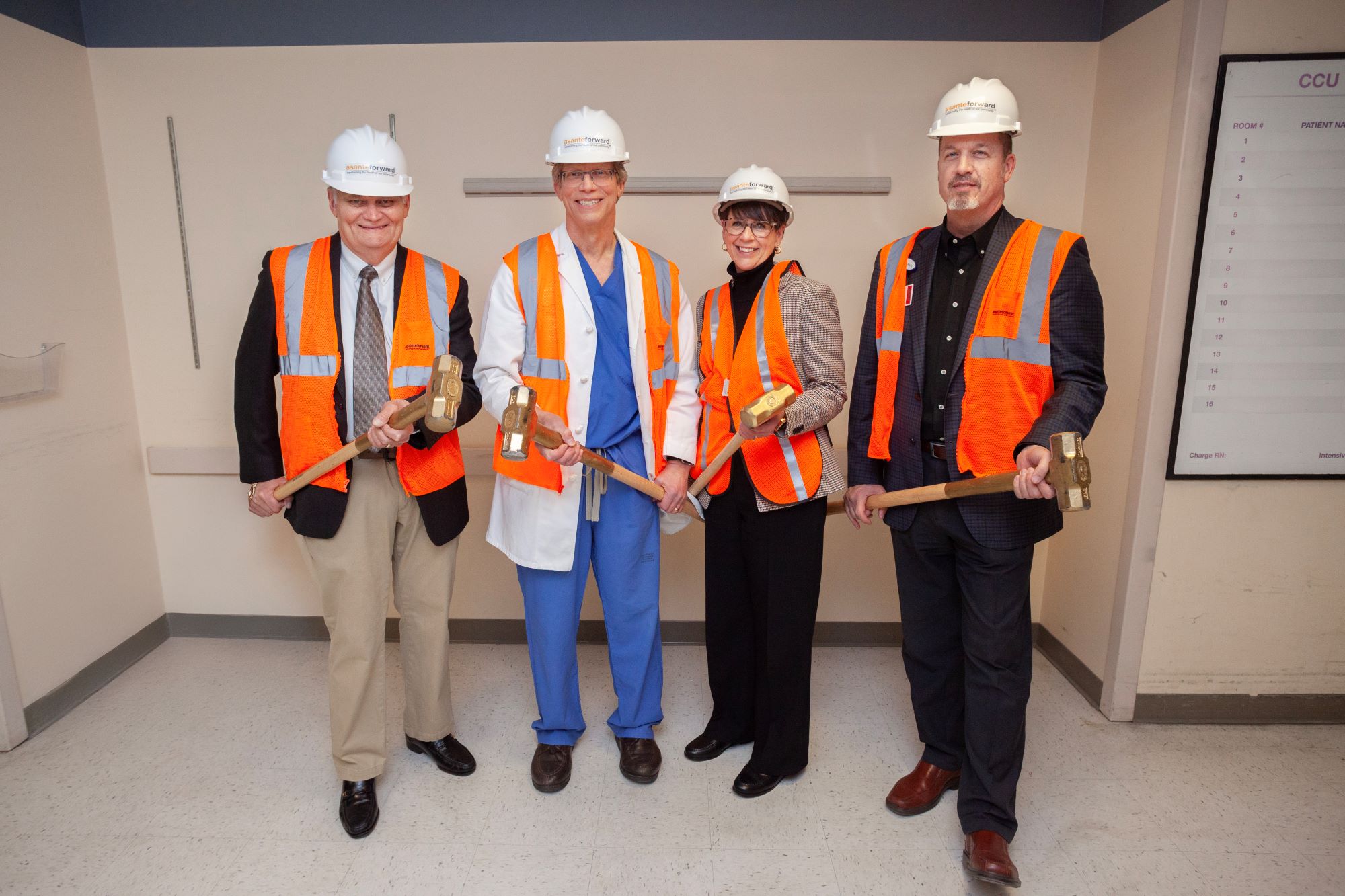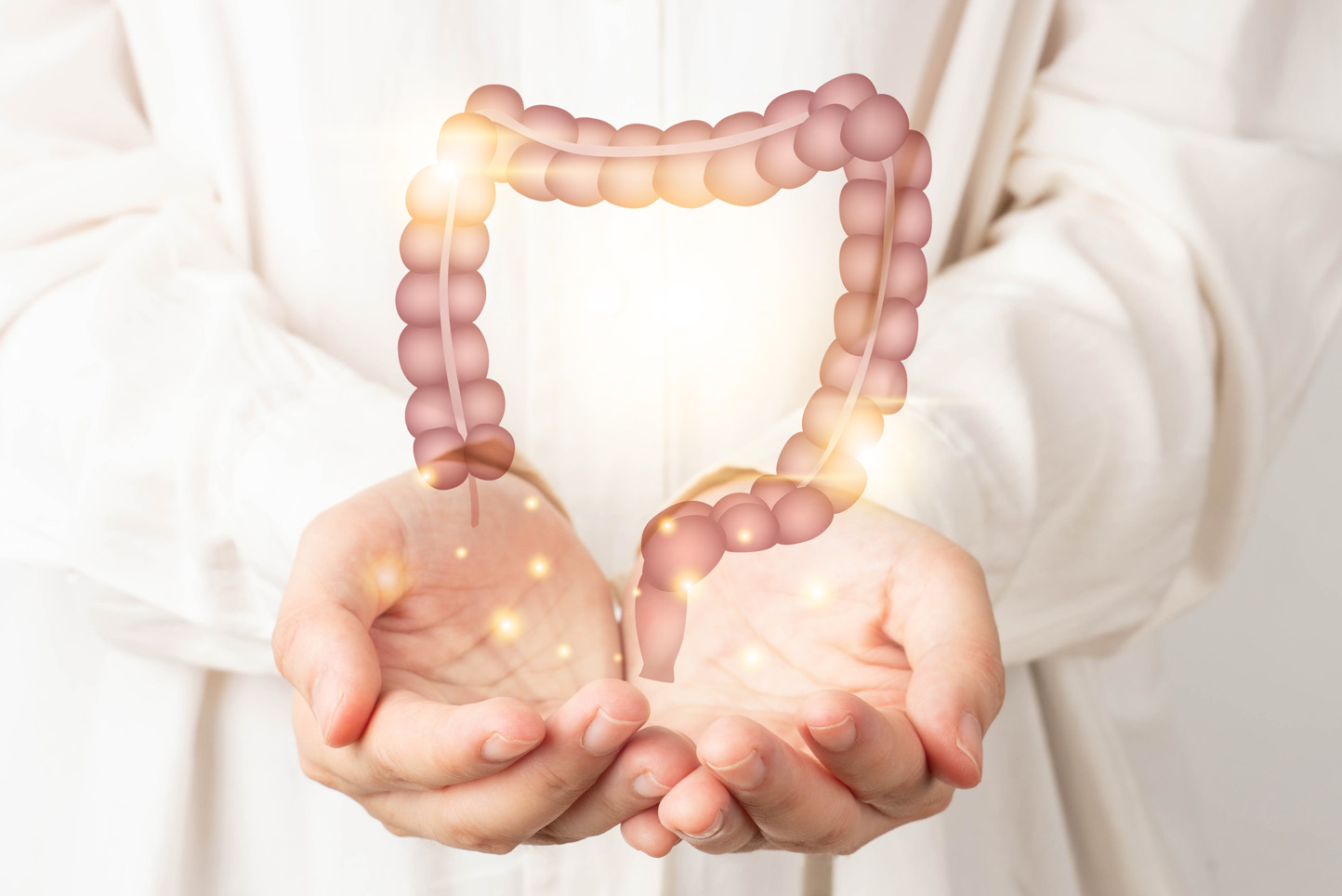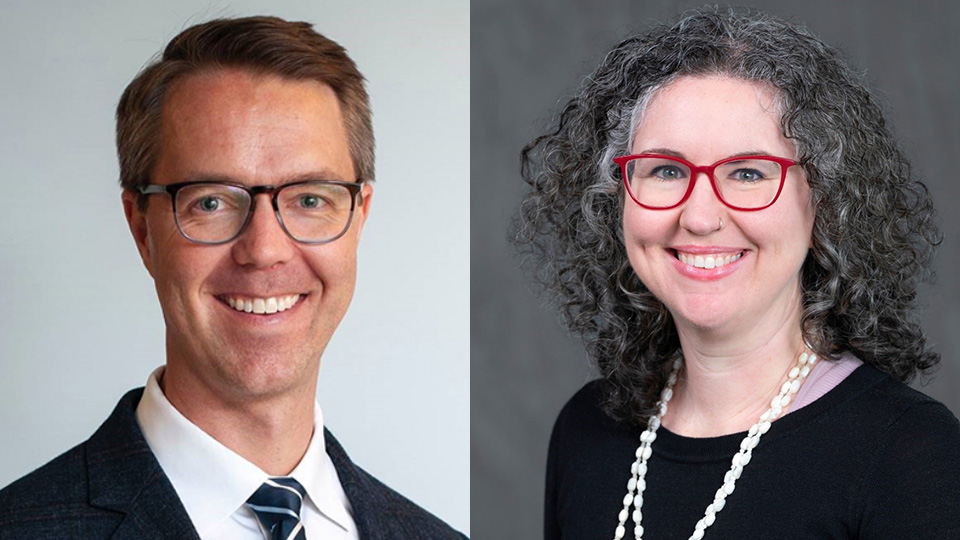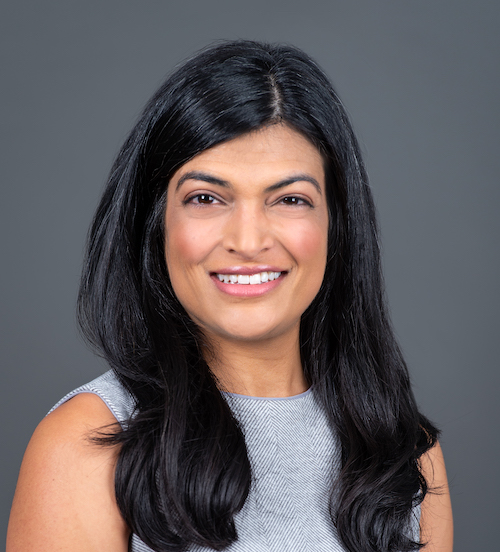Summary
Most women understand the importance of a breast health exam, but the question lingers “what happens when you find something? What happens when the usual gives way to the unknown?”
Introduction
Join us for a three-part mini podcast series delving deep into the importance of breast health, narrated through the heartfelt experiences of Judith, a breast cancer survivor. In Episode 1: The Unwanted Diagnosis: A Life Turned Upside Down, the journey begins with the emotional whirlwind following an unsettling discovery.
We urge everyone to tune in, gain knowledge, and deepen their understanding. Please share with friends, family and colleagues to amplify breast health awareness.
Listen
Narrator
In life, unexpected moments often become pivotal. For many women, breast health is a deeply personal matter laden with its own set of challenges. For Judith, it was just another morning marked by the usual rhythms of waking up starting her day. But in the midst of her morning shower, she stumbled upon a discovery that would shift her world over a period of two days.
Judith
When I was showering, I found that my nipple on my left breast had absolutely turned 90 degrees and I thought, “no, this is something very wrong here.”
Narrator
She reached out to a close friend, a registered nurse, hoping for reassurance. But, the response she received was alarming.
Judith
And she said, “Judith, this is a sign of cancer. You must see about it right away.”
Narrator
Most women understand the importance of a breast health exam, but the question lingers “what happens when you find something? What happens when the usual gives way to the unknown?”
Welcome to a Journey to Health — Breast Cancer, an Asante mini podcast series. Over the next several episodes we journey with Judith, a breast cancer survivor. Everybody is different, every cancer unique. But, through Judith’s story we seek to provide a scaffolding for families recently touched by breast cancer; shedding light on the path forward.
This podcast will also offer invaluable tips for those not affected; emphasizing the significance of early detection. Our story begins in the corridors of the Asante Three Rivers Medical Center. Surgeon Megan Frost, dressed in her blue scrubs, is a beacon of dedication and unwavering commitment. She champions self-examination as a first line of defense empowering women to reclaim control over their health. She often encounters a common misconception in her practice.
Dr. Frost
Women tell me that their breasts are really lumpy, and they don’t do breast self-exams because how do they know what is a cancer and what is not?
Narrator
The reality of breast tissue is more nuanced than many realized.
Dr. Frost
Breast tissue is lumpy. And really what’s most important in terms of looking for early signs of breast cancer outside of imaging is just noticing a change in the breast; that if you just get familiar with the way that your body feels and the way that your body looks some type of change may be indicative of a problem. So, while some breast cancers show up as a mass that is obvious, you can feel some are a little bit more subtle and they just kind of pull the skin in it tethers the skin a little bit. So, if you see some skin dimpling that’s something that can be concerning. If you have nibble discharge that is clear or bloody, that can be concerning. It often is not but it can be indicative of something more concerning. So really, it’s a change in the breast that I would tell women to keep an eye out for.
Narrator
But there’s a crucial message that Dr. Frost wishes to emphasize, always tell people.
Dr. Frost
They know their bodies better than I’ll ever know their body. And so, if you notice a change, that doesn’t necessarily mean something’s going wrong, but it means that maybe we should look into it.
Judith
So immediately, I mean within minutes, I called my GP, and things moved extremely fast from there. The GP sent me to a surgeon, and I had all the appropriate scans and the diagnosed ductal carcinoma, estrogen based. And he said, this growth is fairly large. They’ve done a biopsy. We need to work on this very quickly. And what the surgeon said was, this is not a death sentence. We have an excellent team of oncologists in Medford. They have a protocol. They will look after you. So right away, I had this marvelous confident feeling people were going to take care of me in an area that was beyond my control. And I wasn’t angry. I was a little bit nervous. I was a little bit numb.
Narrator
Judith described the emotional whirlwind after her diagnosis. It’s not just the physical battle. The emotional challenges can be overwhelming. Melanie Dines, a nurse navigator, explains the intricate web of feelings that patients encounter.
Melanie
So, the emotional states can be a number of different things patients might feel. Well, it’s pretty unanimous that they feel overwhelmed, frightened, scared, angry. Angry that their body betrayed them, that they got cancer. So, in our role as a nurse navigator, I provide counseling, but I make it very clear that I’m not a therapist. And we have a great, wonderful resource at the cancer center in that we have two oncology social workers.
Narrator
Melanie emphasizes the importance of external support, but she also speaks to an often-undermentioned aspect of the pressure to always remain positive.
Melanie
You know, sometimes it’s hard to keep spirits up and you don’t have to. Patients often hear, “keep positive. You got to be positive to beat this cancer.” And what I want to say is it’s okay not to feel okay. Sit with a feeling, maybe express it to me or to a friend. And then it will pass. It doesn’t last forever. But if we squash those feelings and put on a smiley face and act positive it could just build up until it kind of blows up.
Narrator
Each body with its own mysteries and nuances underscores the medical detection and care not always as straightforward ss one might assume.
Judith
Well, it was unexpected because I had been to my GP, the surgeon, the oncologist, and someone else. So, there were four doctors involved. Nobody, not one of those doctors could feel the lump. So, you think about breast self-examination and you think about the doctor examining you and you would think that with a fairly large lump I think it was between 2 and 3 recall, they could not feel the lump. So that goes to show that while we do self-examinations screenings are best detection.
Narrator
This brings up the answer that providing care goes beyond just treatments. Melanie emphasizes the importance of a personal touch of listening.
Melanie
Part of education here at Asante Imaging is sitting down with them and saying to bring your support partners. Bring your family if you’d like. You start to hear their life story. You hear family members know “Aunt Jane had that and she died a month later.” And you hear their fears. And during that first visit, I do a lot of educating. We go over the pathology report. I show them pictures in a book that I give them. It’s called The Breast Cancer Treatment Handbook and let them know this is what it looks like.
Narrator
The journey through healthcare, especially concerning breast cancer, is often accompanied by a sea of emotions. It’s the dawn of technology that often casts a ray of hope on its path. Now let’s hear from Dr. Megan Frost about what she believes is one of the most significant recent advances reshaping the early detection narrative, the very basic mammogram.
Dr. Frost
And I’m not sure that that has been made as public as it should be. Our mammogram technology has come a very long ways, and the debate over whether or not to get a mammogram originally started when our mammograms gave higher doses of radiation and just weren’t as good and were really uncomfortable. So now we have what’s called a 3D mammogram, which means that the breast actually doesn’t have to be put in as much compression. So, it’s more comfortable. The images when the radiologist looks through it is not a flat image. They can kind of toggle back and forth in three dimensions and look at something, look at one plane in the breast tissue and then move to another plane in the breast tissue. And so, it actually requires less radiation. So, there’s less radiation exposure to people. So, a lot of women are concerned about getting a mammogram because of the radiation exposure. They say, “doesn’t radiation cause cancer?” Well, yes, high doses of radiation do, but the doses we’re giving people with mammograms right now are so extraordinarily low that they’re really almost negligible. So, I would say that that’s the best advancement. While we have other imaging techniques, like you can do MRIs and things like that.
Dr. Frost
An MRI really isn’t cost effective and really is almost too sensitive in terms of now it picks up benign stuff, but it doesn’t tell us that it’s benign, and so it requires a lot of further workups. So really just the advancements in technology around our basic mammogram makes it more comfortable, safer, because it’s decrease in radiation and better at picking up cancers.
Narrator
As we dive deeper into the complexities surrounding a diagnosis, the immediate emotional impact and how it is handled stands out.
Melanie
“Cancer. Oh, my God, I might die from this.” And nowadays, patients can go online on MyChart, and sometimes they find out before the doctors do. So I am that perfect person to call. If you have your breast pathology results and you want to talk to somebody; first of all, I acknowledge that this can be a really scary experience. It can be maddening. Patients may feel a whole number of different feelings, and my job is to allow space for any feeling to arise, to acknowledge it, let them feel it, rather than bury it, and let them know that that’s normal. Also, when they start going to the consultation visits, I encourage them to bring another person with them to be an extra pair of ears. Another thing I did was I cautioned them against going on the Internet. And this is really hard when you read your results on a Friday and you’re left with that. So, one thing that I can do is offer physician moderated websites that are reliable.
Narrator
Surrounding each patient is an orchestra of support, a symphony of voices encouraging, empathizing and guiding.
Judith
Well, like I said, things were moving very fast, and as soon as the mammogram and the ultrasound and the biopsy showed exactly what was happening, we were both a bit stunned. But fortunately, my husband is solid as a rock and he’s a natural caregiver, and I’ve seen him in action. So we just naturally fell into automatic mode. We’re going to look after this thing. There’s no question that I’m going to die. The surgeon said so. But it was a very good feeling meeting the staff that we did and knowing that they were going to take care of us. And I never once thought, I’m going to die. I just knew that we were in good hands and we would go forward.
Narrator
However, the intricacies of the process don’t end there. Dr. Frost underscores the importance of understanding.
Dr. Frost
You know, I think that one of the things that’s difficult that I feel like is my responsibility is because this is such a tailored process, because there’s a lot of kind of ifs, ands or buts. It’s hard for people to wrap their head around sometimes when they get a diagnosis. Number one, they’re dealing with a cancer diagnosis, and then number two, they come in for a 45 to 60 minutes appointment, and I’m saying, “well, you have this, and so we can go this way. But then if it changes to this at your surgical pathology, then it goes this way, and then this, and then this.” And so really, it’s that we need to be good at walking people through the decision-making process. And I think one of the things that has been helpful to people is just our ability to communicate with one another, both in the world, right, social media, support groups, things like that.
Judith
That can be good.
Dr. Frost
It can also be bad. Like I said, because this is such a tailored process, you meet other people and you compare your experience, and that can be detrimental, but it can also be something that’s validating. So, I think being able to communicate both with your physicians we have great breast health navigators that give wonderful information and provide support and then also just being able to communicate with the surrounding community, your support community. It’s like you have to be able to take in all this information about your cancer, about your own desires in terms of what your body needs and what your body wants, whether that’s sexual needs, whether that’s that your breasts are important to you because you breastfed your children. There’s just a lot of different things that come into play. And honestly, I think that sometimes that’s one of the hardest things about breast cancer treatment, is if I could tell people that one thing was better for their cancer, typically most people would choose that. Not always, but usually that would be the case right now because we’ve gotten so good at treating breast cancer. A lot of times in terms of making decisions, like surgical decisions, should I have a mastectomy, or should I have a lumpectomy?
Dr. Frost
Is more a personal decision as to what feels best in their body. And for some women, that’s an easy answer. And for some women, that’s very difficult. They just want me to tell them, this is the best thing for you. And so that can be both empowering and difficult for women. So, I think ultimately the best thing for each person is being able to bounce these conversations off not just people like me, but people like our breast health navigator and their surrounding community and get input from multiple sources to help them feel empowered to make the best decisions for themselves.
Narrator
When Judith met with her surgeon, she came to a fork in the road familiar to many in her shoes. The choice between a lumpectomy and a mastectomy. Judith’s surgeon recommended a lumpectomy, a surgical procedure often recommended for individuals with early-stage breast cancer. This procedure involves the removal of a tumor and a small margin of surrounding healthy tissue by leaving most of the breast intact. As Judith sat across from her surgeon, another path unfolded. She was presented with the option of a mastectomy.
Judith
“We’ll do a lumpectomy. A mastectomy is another choice, but I don’t believe that’s necessary in your case” he said. “If you want to have a mastectomy, I will do it.” So, it was sort of like that. And he said, “we do the lumpectomy, and your oncologist will be in charge of the team looking after you.”
Narrator
When a patient faces a crossroads of sharing their diagnosis with their friends and family, it’s a journey fought with emotion and vulnerability. Melanie, well acquainted with the complexities of this disclosure, shares her insights.
Melanie
It’s tricky when a patient starts to share their diagnosis. First of all, I advise them to wait until they get some more information, like after seeing the surgeon or the oncologist, and to kind of let them know that some of their friends that they tell may have a hard time dealing with their diagnosis and may not be as responsive. For those patients and family members who do want to respond and help. The biggest thing is just listening to people sitting by their side. I encourage my patients to make a list, a honey do list of little things, and let them know that their friends and family want to help, and sometimes they don’t know how to do that. But if it’s mowing the lawn every week or going to the store and picking up certain items, that that can be very helpful.
Narrator
As we wrap up our first episode in our three-part series, it’s evidence that a cancer diagnosis is much more than medical terminology and treatments. It’s about understanding, empathy and the ways in which we support and lean on one another during trying times. Melanie’s perspective illuminates that within this vast network of human connections, even seemingly simple gestures like actively listening or assisting with day-to-day tasks are some crucial stitches in this net of support.
Stay with us for our next installment, where we venture further into Judith’s cancer journey in episode two, The Road to Recovery. And remember, our knowledge is a powerful tool, but it’s the collective strength and tangible support of a community that genuinely makes a difference.









